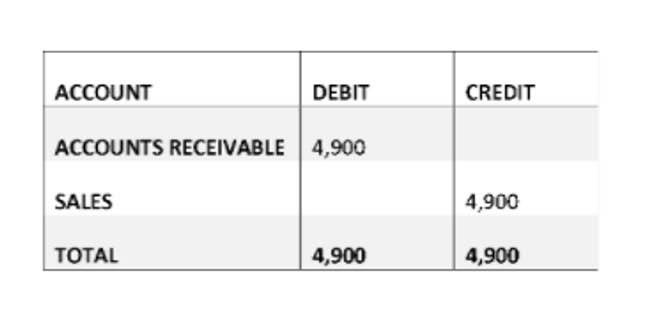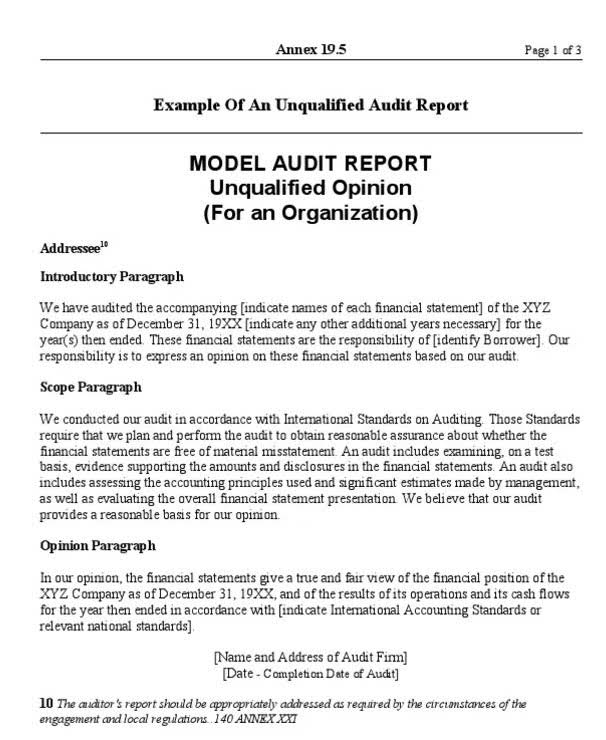
Our ACA reporting & e-filing services include official 1094-C and 1095-C IRS reporting, optional e-filing (no applying for a TCC code required), mailing to your employees and experienced support to help you. Currently, the Form 8697 is a document which does not have an Examination Returns Control System (ERCS) tracking code. Therefore, the time applied to the examination of look-back claims should be charged to Activity Code 575. The Form 8697 case package should be sent to the appropriate campus listed below via Form 3210, Document Transmittal, in order to track the Form 8697. See the Closing Procedures for Look-back Interest Owed later in this document.
Manage Your Business Cash Flow
Whatever industry you are in, your business is required to choose an accounting method to report income and expenses. In construction, the percentage of completion and completed contract methods are often used by contracts since they often work on long-term contracts for large projects. Once you’ve chosen the method, it can’t be changed without special permission from the Internal Revenue Service (IRS). Therefore, it’s crucial to fully understand the chosen method to stay on top of tax compliance. The completed contract method (CCM) is a construction accounting method that’s primarily used for revenue recognition.

CCM in Summary: How RightRev Supports All Reporting Methods

For this reason, any time you need to produce financial statements, you should do it through an accrual GAAP-based format. Along these lines, you can now match revenues to the expenditures that help you generate those revenues, giving you a more accurate picture of the true results of this job. You’ll hear this concept referred to as completed contract method example the “matching principle.” This principle solves the biggest problem from cash basis accounting, which is the misalignment of revenues and expenses. In doing so, it can also help you gain powerful insights into the profitability and financial health of your business. In some cases, using the completed contract method makes sense, especially for projects lasting just a few months with contract amounts typically less than $100,000.
- In the video below, we’ll see how the completed contract method works, how it’s revealed in cash flow reporting, and its underlying LOC requirements.
- To clear the full contract amount from Progress Billings, they’ll perform a debit, then credit revenue.
- In any case, always seek the advice of a financial expert who can give you the advice and guidance you need to make the right decision for your business.
- Successfully implementing the percentage of completion method requires a disciplined approach to project management and financial tracking.
- Table B illustrates the Schedule(s) to be completed for common method changes.
- However, tax laws can be changed from year to year, you can face the risk of increases in tax rates and missing tax incentives.
How to Calculate Revenue Recognition: The Percentage of Completion Method
- Performance obligations are looked at by ASC 606 as opposed to contracts under completed contract accounting.
- Once the seller recovers the total cost of $60,000, any additional cash received is recorded as profit.
- The completed contract method may defer tax liabilities until the completion of a project, which can be advantageous for cash flow management.
- In the signature section, include the signature of one of the general partners or LLC members who has personal knowledge of the facts and who is authorized to sign.
The method recognizes revenue and expenses differently than traditional business models, creating unique balance sheet and income statement patterns that construction businesses must understand for effective financial management. Unlike service businesses that typically record revenue when earned, construction companies using CCM defer revenue until the entire project delivers value to the customer. The completed contract method is an accounting approach that postpones revenue and expense recognition until the contract is completed. Unlike other methods that recognize income as work progresses, CCM treats the entire project as a single unit, deferring all financial reporting impact until the construction project is finished. While most construction companies have migrated toward the percentage of completion method, CCM remains a viable option for certain types of construction contracts and business situations. The percentage of completion accounting method helps to protect companies from fluctuations in Outsource Invoicing their revenue stream by recording revenue at regular intervals.
If a project’s scope and timeline isn’t well-defined, consider if it would actually be a good fit for your business. If you can figure out a job’s potential date of completion, it can make it easier to plan out what you’ll be bidding on next. Let’s say you’re building out a shell for a tenant and they have no idea what they want to build, but they want to go ahead and mobilize you to get started on the basics. Or maybe you’re working on a job that’s experiencing frequent change orders.


This way, you can better extrapolate performance from month to month and from job to job. In short, when you rely on cash basis accounting, you won’t have an accurate way to record profits. This will bring huge fluctuations in results that can make it difficult to accurately job cost. Because you’ll be recording income and expenses in separate accounting periods, making it extremely challenging to understand your true financial position. Finally, the cash basis of accounting isn’t allowed under GAAP or IFRS (more on this in the next section).
For long-term projects the actual postings recorded in FI may not necessarily reflect the current valuation and progress of the project. If revenue is billed in advance of actual job progress, the profit can be overstated for a period. Conversely, if progress has been recorded for a project in advance of Accounting Periods and Methods billing, the profit can be understated for the period.
For an example illustrating how to calculate a section 481(a) adjustment with respect to a method of accounting for which an applicant has waived deductions, see Regulations 1.59A-3(d)(9) (Example 9). The year of change is the first tax year the applicant uses the proposed accounting method, even if no affected items are taken into account for that year. If the filer is a business, enter the 6-digit principal business activity (PBA) code of the filer.

